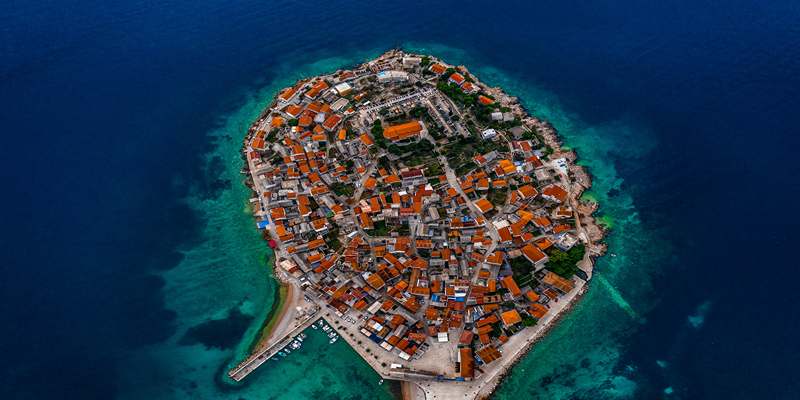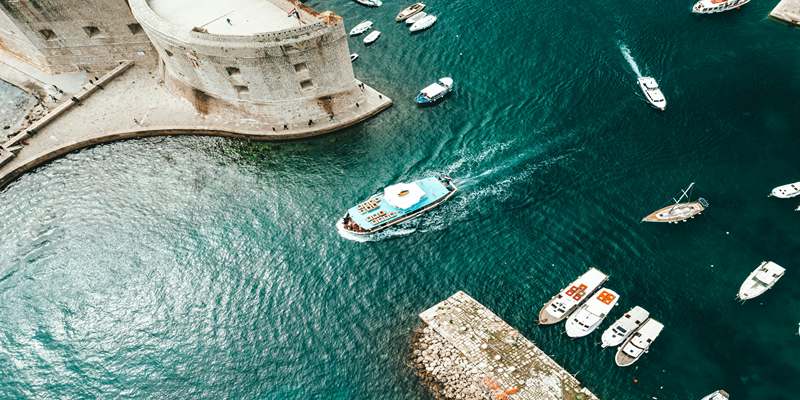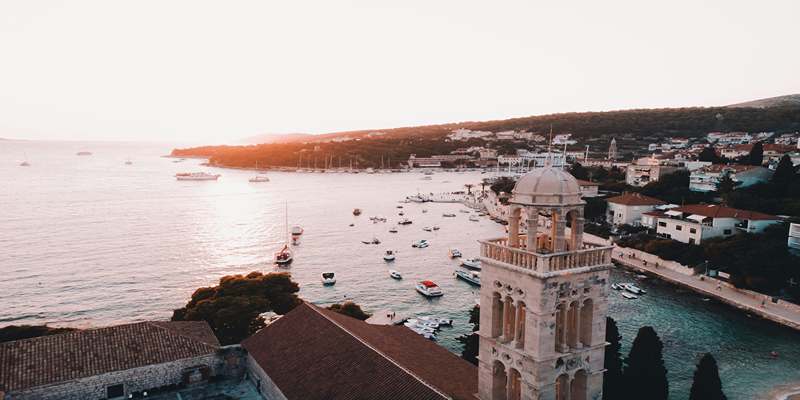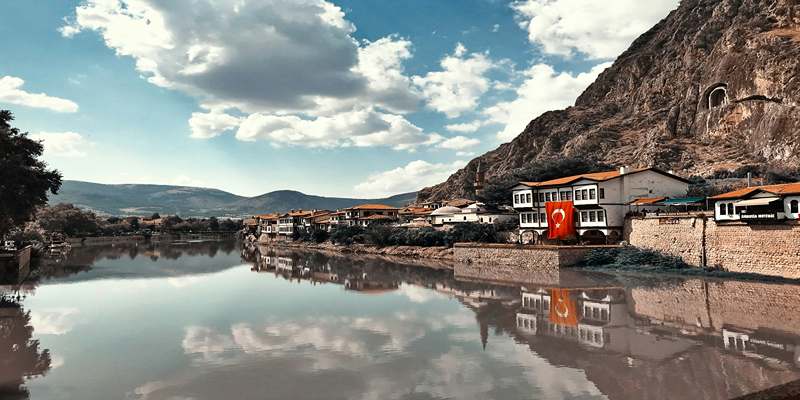Perfect 2-Day Itinerary for Exploring Dubrovnik
Dubrovnik, nicknamed “Pearl of the Adriatic,” enchants tourists with its stunning appearance, fantastic history, and marvelous sea views. This site is situated in southern Croatia and is a unique combination of history, art, and picturesque landscapes of the world heritage site. Despite the fact that there is so much to see in Dubrovnik, two days are enough to feel the orientation and visit the touristic top attractions. Below, you will find a specially designed Dubrovnik itinerary that will help you plan your day and get the best of your sightseeing.

Why Visit Dubrovnik?
It is a medieval city with an impressive historic core, too close to the sea, with turquoise waters and rocky shores and stunning cliffs. Its old town’s atmosphere is friendly to the eye with its restored stone houses, century palaces, and narrow streets. The city is historically rich and had been a maritime republic for many centuries. Tourists are attracted to its historical centers, historical places like the Rector’s Palace, Franciscan Monastery, etc., outlining its past wealth.
Day 1 of Your Dubrovnik Itinerary
Morning – Discovering the Old Town
Even the first step of your journey starts at Pile Gate, the biggest gate of the Old Town of Dubrovnik. When you enter through this archway, you are immediately on the Stradun, the limestone-paved main street, which sparkles in the sun. The two-kilometer-long Stradun Street offers rather nice views of the charming cafes, souvenir shops, and historic monuments.
Begin your visit with a tour of the Franciscan Monastery, where the oldest functioning pharmacy in the world is based in accordance with 1317. Spend time wandering in the beautiful Gothic cloisters and grounding yourself in the medical history of Dubrovnik. Then you should proceed to the Sponza Palace, one of the finest Gothic-Renaissance buildings, which contains the civic archives. Because of its highly detailed and decorative features, it is always a favorite among those who are especially interested in the architecture of buildings. Rector’s Palace is definitely worth a visit; it was the official residence of the Republic of Ragusa’s governors. All of these sights provide a look at the historic past of Dubrovnik.
Afternoon – Walking the City Walls
Another must-see or do activity in Dubrovnik is to walk on the city walls that are about 600 years old. These walls that surround the Old Town are one of the proofs of the history and the strategic thinking of the citizens of Jaroslaw. The walls run for almost 2,000 meters and provide views of the city’s brightly tiled roofs, the blue expanse of the Adriatic Sea, as well as the island of Lokrum.
There are also several vantage points you wish to visit along the walls: The highest viewpoint, Minceta Tower, is your last stop before concluding the visit on the ground floor. The Bokar Fortress gives a distinctive vantage point of the coastal region, and Fort Lovrijenac literally signifies the spirit of the Dubrovniks for freedom. Besides an aesthetic pleasure of strolling along the walls, there are historical descriptions presented on informational plates that allow you to explore the history of the city.
Evening – Sunset and Dinner by the Sea
End your first day in Dubrovnik at Fort Lovrijenac, a fortress situated on a cliff just beyond Dubrovnik’s city walls. This place provides one of the best opportunities to watch a sunset in Dubrovnik since the sky over the Adriatic Sea turns orange and pink at dusk.
Day 2 of Your Dubrovnik Itinerary
Morning – Cable Car Ride and Mount Srđ
Your second day is also best started with a ride on the Dubrovnik Cable Car, which should get you to the top of Mount Srđ in no time. The scenery from the top of the hill is stunning; one can clearly see the whole of the old town, some of the nearby islands, and the high seas of the Adriatic.
At the top, the first stop is the Imperial Fortress, which is a museum today. It hosts a collection of relics from the city of Dubrovnik. For a nature lover, there is no better deal than hiking on Mount Srđ, with trails that pass through the greenery and give breathtaking views of the hike.

Afternoon – Island Hopping to Lokrum
Off the coast of Dubrovnik’s harbor, within walking distance from the Old Town, is Lokrum Island—an ideal place to spend hours of rest. Lokrum Island is an island of dense vegetation, rocks, and quiet beaches; it is a natural reserve. The island is equally as rich in history, and there is a prospect of the Benedictine Monastery ruins to see.
Evening – Exploring Dubrovnik’s Hidden Gems
On your last night in Dubrovnik, it’s time to discover some of the things that you would probably miss otherwise. Of course, that would be a mistake; continue on the same line with the main street and turn right; you will reach the quieter part of the Old Town where there are more yards and local stores.
The old town is worth visiting again in the evening if you have not done it on the first day because the Rector’s Palace offers great history and information about the city. However, visit one of the less frequented viewpoints of Dubrovnik and take pictures of the city’s wonderful appearance at night.
Tips for Spending 2 Days in Dubrovnik
Exploring Dubrovnik needs proper planning in order to explore the most out of your visit. The last recommended time is April to October since, again, spring and early fall are slightly cooler and less crowded than the high season. Get out in the morning to avoid crowds at such landmarks as the city walls and cable car. It is advisable to acquire a Dubrovnik Card, which allows free entrance to the majority of attractions and gives a right to use city transport.
Conclusion
Dubrovnik is a destination that truly has it all: history, culture, nature, and breathtaking views. With just two days, you can explore its iconic landmarks, enjoy its scenic beauty, and immerse yourself in its rich heritage. Whether you’re walking the historic city walls, taking in the views from Mount Srđ, or discovering the tranquil beauty of Lokrum Island, this Dubrovnik itinerary ensures an unforgettable experience. Dubrovnik is more than just a city; it’s a journey through time and a celebration of nature’s beauty. Follow this guide and let Dubrovnik leave an everlasting impression on your heart.












